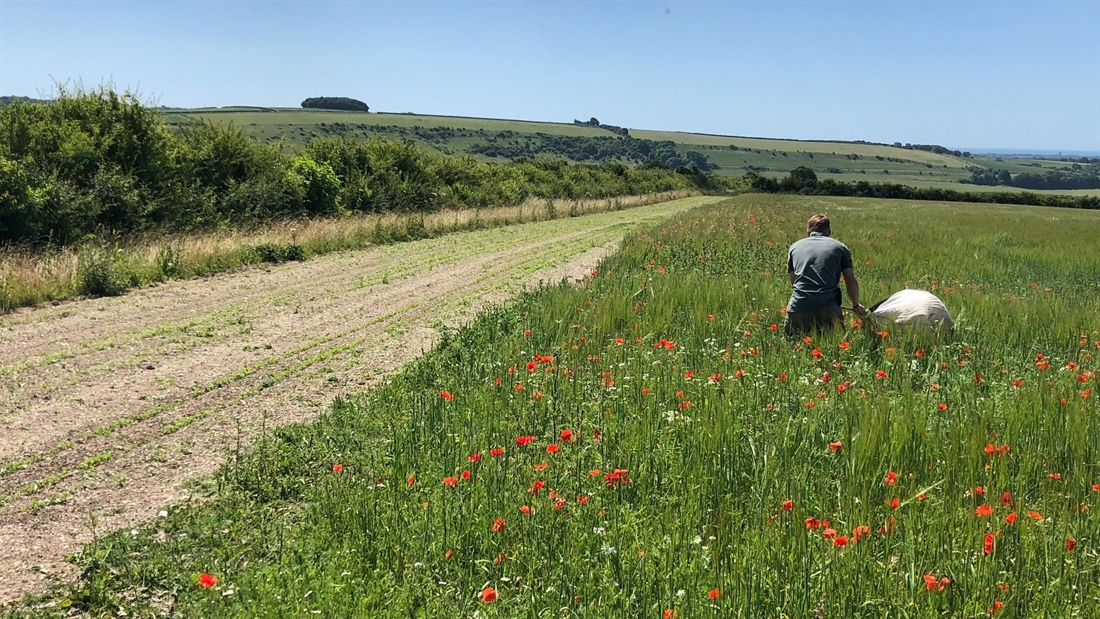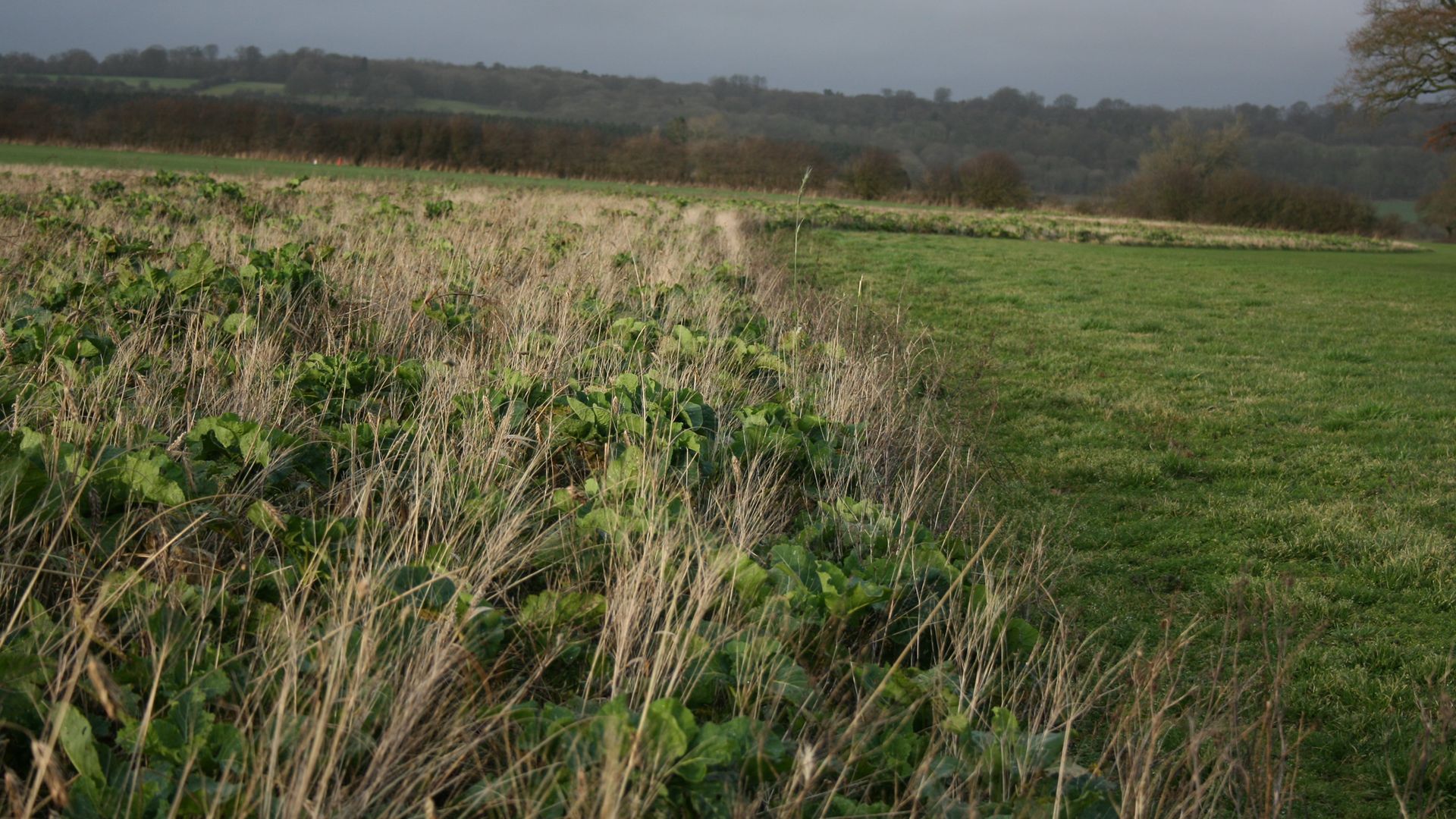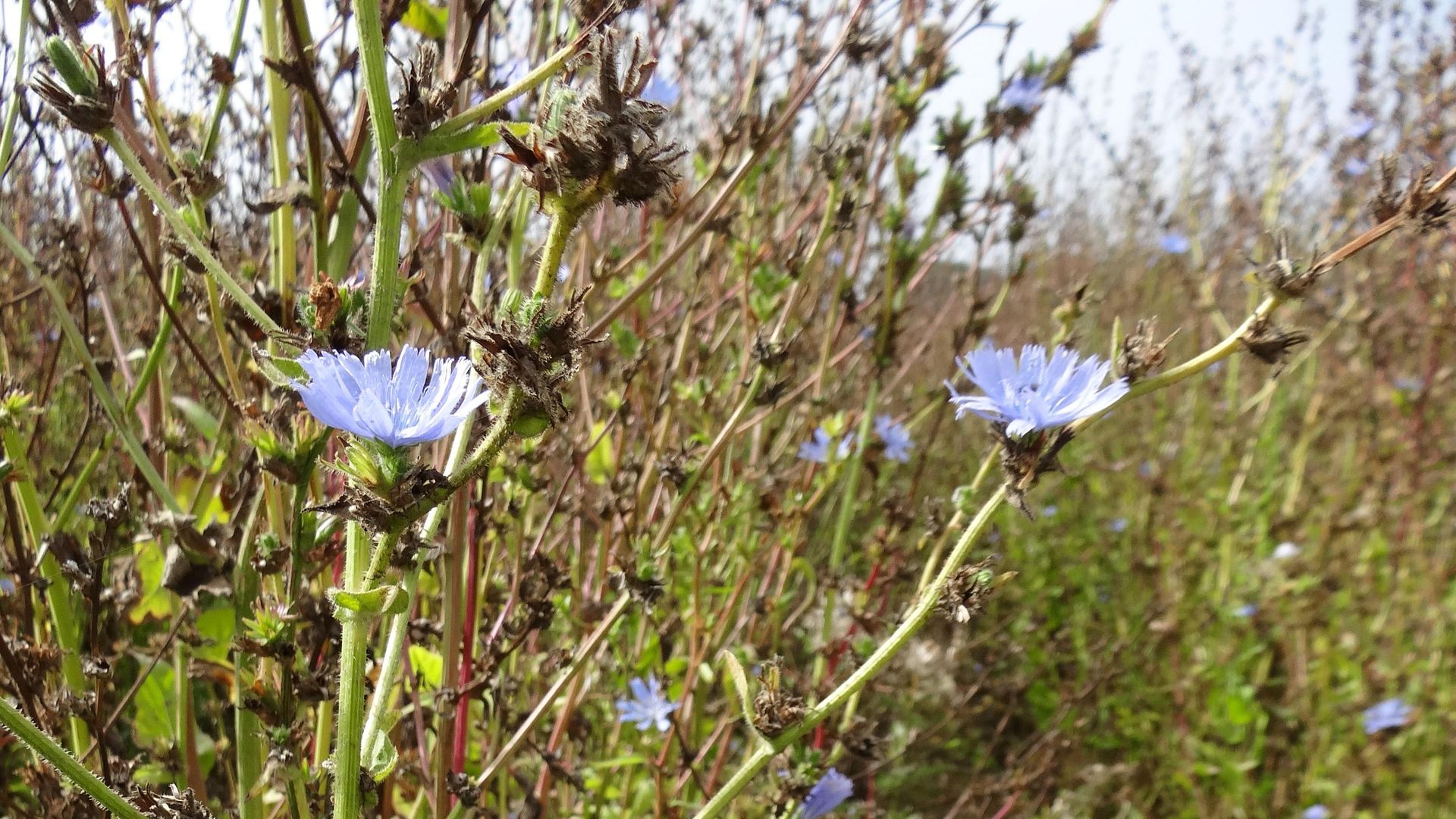The best cover crops for DIY shoots

Bright Seeds’ Marc Bull says that farmers have as much to benefit from DIY shoots on their land as the shoots themselves, especially when the right cover crops are selected
The most enjoyable day’s sport can often come from DIY shoots, the small syndicates where the work is done by the Guns themselves. Such shoots nearly always require a supportive farmer, and there’s nothing better to oil the wheels in this respect than providing a free gun.
What do farmers gain from DIY shoot?
In fact, nowadays, the favour is often not as one-sided as it may once have been. New environmental legislation means many farmers have a good deal to gain from introducing cover crops into their commercial farm operation, not least in greatly assisting entry into the current mid-tier countryside stewardship scheme. This presents ideal opportunities to show how common options such as AB1 and AB9 – relating to nectar flower mixes and winter bird food respectively – work practically and effectively for farmer and gamekeeper alike.
Whatever the situation, it is important to plan the shoot around the resources and practices of the farm. Important questions are: who is doing the work? What machinery is available? And, can cover crops benefit from existing pesticide and fertiliser inputs? For example, where maize – forage and grain – is grown on the farm, it is worth investigating whether game maize can be added down one side, thus benefiting from any spray and fertiliser applications to the main crop.
Unlike forage maize, where yield is the primary objective, there is little pressure on game maize to drill early. If there is sufficient moisture, it is amazing just how quickly late-drilled maize will grow, mainly due to the warmth of the seedbed. Two issues of note with late-sown maize are that it is less likely to produce a mature cob and often requires higher inputs.
Weighing up the options
Whilst maize and kale are often seen as cover crop staples, other highly efficient options exist, especially if the farmer is in, or open-minded to, countryside stewardship. In general terms, a stubble turnips/forage rape blend can make a first-class late-sown game cover, later doubling up as sheep or cow fodder (a sure way to please the farmer). It can also qualify for stewardship by providing an over-winter cover crop under the SW6 option.
Perennial cover such as chicory and canary grass can be a great alternative, and these have enjoyed something of a resurgence in recent years. They take the pressure off annual cropping, can be grown on awkward sites, spread the risk should other crops fail and are relatively inexpensive to establish. Also, compared to maize, perennials are less susceptible to vermin pressure from deer, badgers, rats and rooks. Perennials are also good for nesting cover, brood-rearing cover, flushing points and as a windbreak alongside other game cover crops.
In terms of management, although not essential, it is usually wise to top perennials in the early spring to encourage new growth, and selective herbicides can be applied to remove weeds. In addition, an application of nitrogen fertiliser will help. The crop can then be left untouched for 12 months, which is undoubtedly a feature of their popularity.
The conservation benefits of wildflowers
When appropriate, wildflowers can have a role in DIY shoots. These are not only visually pleasing but attract insects, partridge and pheasant chicks. Whether a self-explanatory bumblebee mix or something more elaborate to draw many different insects and invertebrates, wildflowers are a surprisingly easy fit for shoots. They grow almost anywhere, have a low labour requirement and utilise otherwise latent ground; and there are mixtures for nearly all situations, from meadowlands to hedgerows – and just about everything in between.
Whilst it must be remembered that wildflowers are not cover crops in themselves, they can greatly complement and enhance traditional cover crops and choosing the right mixture can help soil structure. For example, a 20-plus wildflower species mixture containing cornflowers, field poppies and buttercups has the capacity to thrive in drought-prone areas and its deep-rooted characteristic can stabilise banks and verges.
Even on a small shoot, it is possible to create a diverse habitat, enhancing both the environment and the quality of the shooting. With crops available for steep sites, shaded areas, north-facing slopes, wetlands and drought-prone areas, the importance of making the right choice cannot be overestimated. Before selecting your cover crop, you must first consider altitude, soil type and climate.
Stewardship crops and wild bird feed mixes
Stewardship crops are fundamental to many shoots, and their benefit is huge. The new countryside stewardship scheme has produced some good options, such as AB9 and AB8. Wild bird feed mixes are a popular choice. There are some great mixtures available that are tailored towards game and other farmland birds. Bright Seeds’ ‘Pheasant and Finch’ is our most popular as it produces winter-hardy cover (kale and sorghum) as well as a feed source (triticale, millet, quinoa and linseed). One constraint here is that sorghum will not grow north of Nottingham.
From a keeper’s point of view, it is beneficial to drill wild bird mixes like ‘Pheasant and Finch’ in wide (ideally 12-18 inch) rows. This allows bird movement within the crop, and also produces a canopy above the birds. On a shoot day, I have seen partridges running around the edge of a sorghum crop that was drilled too thick.
These mixtures generally comprise small seeds, so a relatively fine seedbed is needed, and rolling after drilling will improve seed to soil contact. With the exception of spring cereal-based mixes, it normally pays to plant these mixtures slightly later than the maize, once the soil temperature is high.
Establishing game cover on any shoot presents its challenges, whether it be weeds, flea beetle or lack of rainfall. But by carefully selecting the right options from the plethora that are available, many problems can be prevented. An hour or two spent with a cover crop specialist can pay great dividends and ensure that many enjoyable days shooting lie ahead. Good luck!
Tips for drilling and management of cover crops
1) Identify weed burden – select the crop accordingly
2) Get a stale seed bed
3) Hold in the moisture
4) Spend the money on appropriate spray/fertiliser/slug pellets etc
5) Keep a watchful eye on the crop (protect from pests etc)







